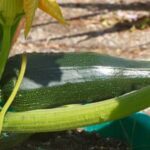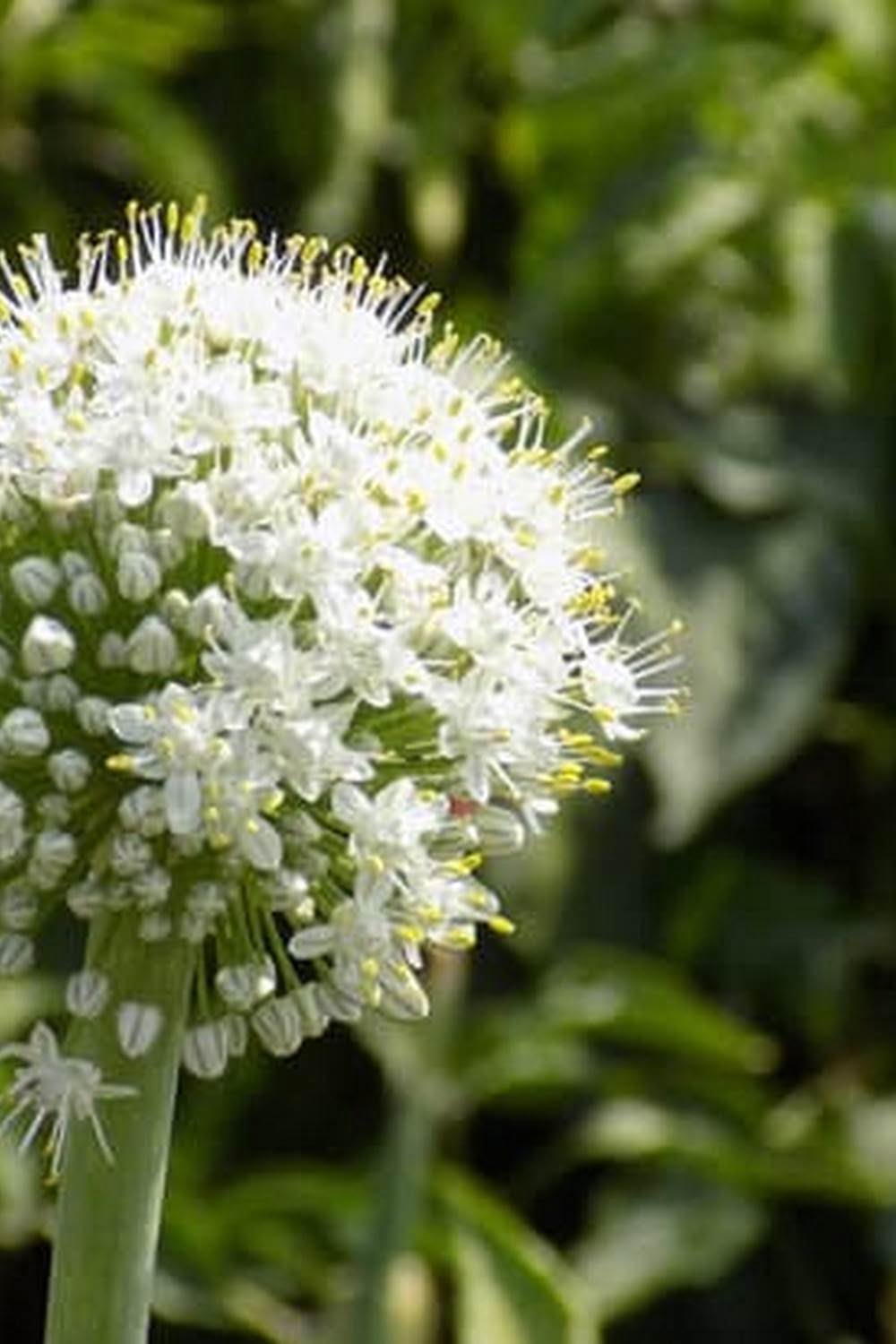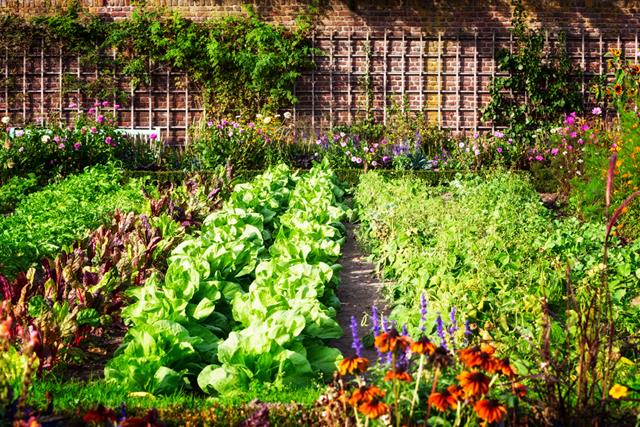Are you interested in starting a patio vegetable garden but unsure where to begin? Whether you have limited outdoor space or simply want to bring your gardening skills closer to your living area, patio vegetable gardening is a great option.
In this article, we will explore the benefits of growing vegetables in small spaces and provide you with essential tips for getting started. From choosing the right vegetables to container selection and preparation, soil and fertilizer tips, watering and drainage advice, sunlight and shade considerations, pest and disease management, as well as harvesting and maintenance tips, we’ve got you covered with all the information you need to succeed in your patio vegetable gardening journey.
When it comes to patio vegetable gardening, selecting the right vegetables is crucial. Not all vegetables are suitable for small spaces, so understanding which ones thrive in containers is important. Additionally, knowing how to maximize the use of limited space can help ensure a successful harvest. In this article, we will discuss the best vegetables for patio gardening as well as offer tips for selecting the right plants for your specific space.
In addition to choosing the right vegetables, selecting the appropriate containers and preparing them for planting are also key components of patio vegetable gardening. Understanding which types of containers are suitable for small spaces and how to properly prepare them can make a significant impact on the success of your garden. We will provide guidance on container selection and preparation that will set you on the path towards a flourishing patio vegetable garden.
Choosing the Right Vegetables
When choosing plants for your patio vegetable garden, keep in mind the mature size of each plant and how much space they will need to grow. It’s also important to consider the length of the growing season for each vegetable and whether it is suitable for container gardening. For example, larger plants like tomatoes may need staking or caging to support their growth, while smaller root vegetables like radishes can thrive in smaller containers.
In addition to considering the type of plants you want to grow, it’s important to think about how much time and effort you are willing to invest in maintaining your patio garden. Some vegetables require more care and attention than others, so choose plants that are suitable for your level of gardening experience.
By selecting a variety of vegetables that fit well with your patio’s conditions and your lifestyle, you can create a diverse and productive mini garden right outside your door.
| Vegetable | Growing Season |
|---|---|
| Tomatoes | Summer |
| Peppers | Summer/Fall |
| Lettuce | Spring/Fall |
| Spinach | Spring/Fall |
Container Selection and Preparation
Choosing the right containers for your patio vegetable garden is crucial to the success of your gardening efforts. When it comes to patio gardening, there are a variety of container options available, including traditional terra cotta pots, plastic containers, and even hanging baskets. It’s important to consider the size and space of your patio when selecting containers, as well as the specific needs of the vegetables you plan to grow.
In addition to choosing the right type of containers, it’s essential to properly prepare them for planting. Make sure that the containers have adequate drainage holes at the bottom to prevent waterlogging, which can lead to root rot. You can also create a layer of gravel at the bottom of the container before adding soil to improve drainage.
Another important aspect of container preparation is ensuring that they are clean and free from any contaminants or pests that could harm your plants. Before planting, thoroughly clean and sanitize your containers with a solution of one part bleach to nine parts water.
When it comes to preparing containers for planting, proper soil selection is also key. The type of soil you use can greatly influence the growth and health of your vegetable plants. But regardless of what type you choose, make sure that it is well-draining potting mix specifically formulated for container gardening.
| Container Types | Preparation Tips |
|---|---|
| Terra Cotta Pots | Ensure drainage holes at the bottom; Clean and sanitize before planting |
| Plastic Containers | Create drainage holes if needed; Use well-draining potting mix |
| Hanging Baskets | Line with sphagnum moss for moisture retention; Select lightweight materials for easy hanging |
Soil and Fertilizer
When it comes to patio vegetable gardening, choosing the right soil is crucial for the success of your plants. The soil in container gardening needs to be well-draining and nutrient-rich to support healthy growth. Opt for a high-quality potting mix specifically formulated for vegetables, as it will provide the necessary nutrients and promote good drainage.
Choosing the Right Soil
Look for a potting mix labeled for vegetable gardening, as it will have the right balance of organic matter and minerals. Avoid using garden soil, as it can become compacted and may not drain well in containers. Additionally, garden soil may contain pests, diseases, and weed seeds that could harm your plants.
Tips for Fertilizing Plants
In a confined space like a patio garden, proper fertilization is essential for the health and productivity of your vegetables. Consider using a slow-release fertilizer or organic compost to nourish your plants throughout the growing season. Be mindful of over-fertilizing, as this can lead to excessive leaf growth at the expense of fruit production. Follow the instructions on your chosen fertilizer and adjust based on the specific needs of your vegetable crops.
Another important factor when it comes to fertilizing container-grown vegetables is to monitor and replenish nutrients regularly since container soil tends to lose nutrients faster than ground-soil due to exposure. A consistent schedule of fertilization will help ensure that your vegetables receive the necessary nutrients for optimal growth and productivity.
By paying close attention to soil quality and fertilizer application in your patio vegetable garden, you can create an environment where your plants can thrive and produce bountiful harvests throughout the growing season.
Watering and Drainage
Proper watering and drainage are essential aspects of successful patio vegetable gardening. Without the right amount of water and proper drainage, your plants may struggle to thrive in their container environment. In this section, we will discuss the importance of these factors and provide tips for ensuring that your patio garden is properly watered and draining effectively.
Importance of Proper Watering
In patio vegetable gardening, it’s crucial to provide the right amount of water to your plants. Overwatering can lead to root rot and other issues, while underwatering can cause plants to wilt and fail to produce a good harvest. One tip for ensuring proper watering is to monitor the moisture level of the soil regularly.
You can do this by sticking your finger into the soil – if it feels dry an inch below the surface, it’s time to water. Additionally, using a self-watering container or adding a saucer underneath your pots can help maintain consistent moisture levels.
Tips for Ensuring Proper Drainage
Good drainage is just as important as watering when it comes to patio vegetable gardening. Without adequate drainage, plants may become waterlogged, leading to root rot and other issues. When selecting containers for your patio garden, opt for pots with drainage holes at the bottom.
If you already have containers without drainage holes, you can create them yourself using a drill. Additionally, adding a layer of gravel or broken pottery pieces at the bottom of the pot before adding soil can improve drainage.
By following these tips for proper watering and ensuring effective drainage in your patio vegetable garden, you’ll be on your way to growing healthy and vibrant vegetables in a small space. Mastering these aspects will contribute greatly to the success of your container garden while enjoying fresh produce right from your own home.
Sunlight and Shade
Understanding the sunlight and shade needs of vegetables is crucial for a successful patio vegetable garden. Different plants have different requirements when it comes to sunlight, so it’s important to choose the right vegetables for your specific patio conditions. Here are some tips for maximizing sunlight in your patio garden:
- Observe your patio: Take note of how the sun moves across your patio throughout the day. This will help you identify the sunniest spots where you can place your containers.
- Choose the right location: Place sun-loving plants like tomatoes, peppers, and cucumbers in areas that receive full sun for at least 6-8 hours a day. Leafy greens and herbs can tolerate partial shade.
- Use reflective surfaces: Position light-colored surfaces or materials near your containers to reflect sunlight onto your plants and maximize their exposure to sunlight.
In addition to maximizing sunlight, it’s also important to consider shading options for extremely hot or sunny days. This can be achieved by using umbrellas, shade cloths, or even strategically placing taller plants to provide some shade to those that may be sensitive to too much direct sunlight.
By carefully planning the placement of your containers and being mindful of the varying needs of different vegetables when it comes to sunlight and shade, you can optimize the growing conditions on your patio and increase the overall productivity of your garden.
Lastly, it’s important to regularly monitor and adjust the position of your containers as needed throughout the growing season to ensure that your vegetables receive adequate sunlight without getting scorched by intense afternoon rays.
Pests and Disease Management
Patio vegetable gardening can be a rewarding and enjoyable activity, but it does come with its own set of challenges, including dealing with pests and diseases that can affect your plants. However, with the right knowledge and approach, you can effectively manage these issues to ensure a healthy and thriving garden.
When it comes to pest and disease management in your patio vegetable garden, prevention is key. One effective method is to choose disease-resistant varieties of vegetables when selecting which plants to grow in your containers. Additionally, practicing proper spacing between plants can improve air circulation, which helps prevent the spread of diseases.
Another important aspect of pest and disease management is maintaining a clean gardening environment. Regularly cleaning your containers, removing debris, and properly disposing of any diseased or infested plant material can help prevent the spread of pests and diseases in your patio garden.
Furthermore, consider implementing natural pest control methods such as introducing beneficial insects like ladybugs or lacewings to help keep pest populations in check. Additionally, using organic pesticides made from natural ingredients can help manage pest infestations without harming the environment or beneficial insects.
In summary, by being proactive and taking the necessary steps to prevent and manage pests and diseases in your patio vegetable garden, you can create a healthy growing environment for your plants. Implementing these tips for pest and disease management will help you enjoy a bountiful harvest from your small-space garden.
Harvesting and Maintenance
In conclusion, patio vegetable gardening offers a convenient and productive way to grow your own fresh produce, even in small spaces. With the right knowledge and techniques, anyone can enjoy a bountiful harvest right from their patio or balcony. By following the tips provided for container selection, soil and fertilizer, watering and drainage, sunlight and shade, pests and disease management, as well as harvesting and maintenance, anyone can successfully grow vegetables in containers.
It’s essential to choose the right vegetables for your patio garden based on your available space and the amount of sunlight it receives. Selecting the appropriate containers and preparing them properly for planting is also crucial for the success of your patio vegetable garden. Additionally, ensuring proper soil quality, fertilization, watering techniques, pest control methods, and understanding the sunlight needs of different vegetables are all important factors that contribute to healthy plant growth.
By implementing these patio vegetable gardening tips from start to finish, you’ll be able to enjoy a successful harvest of fresh and delicious vegetables throughout the growing season. Whether you’re a beginner or experienced gardener looking to make use of limited outdoor space, these tips will help you create a thriving patio vegetable garden that brings joy and satisfaction with each abundant harvest.
Frequently Asked Questions
What Vegetables Are Good to Grow on a Patio?
There are several vegetables that can be successfully grown on a patio, including tomatoes, peppers, lettuce, spinach, radishes, and herbs like basil and cilantro. These plants thrive in containers and require minimal space.
Can I Grow Vegetables on My Patio?
Yes, you can definitely grow vegetables on your patio. Container gardening is a great option for those with limited outdoor space. With the right containers, soil, and sunlight, you can grow a variety of vegetables right on your patio.
What Is the Most Efficient Vegetable Garden Layout?
The most efficient vegetable garden layout depends on the available space and the types of vegetables being grown. However, rectangular or square raised beds are often considered efficient as they maximize planting area while allowing for easy access to the plants for maintenance and harvesting.

If you’re looking to get into vegetable gardening, or are just looking for some tips on how to make your current garden better, then you’ve come to the right place! My name is Ethel and I have been gardening for years. In this blog, I’m going to share with you some of my best tips on how to create a successful vegetable garden.





